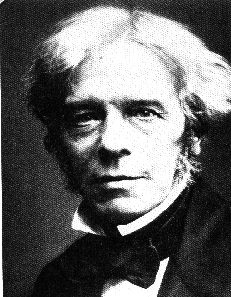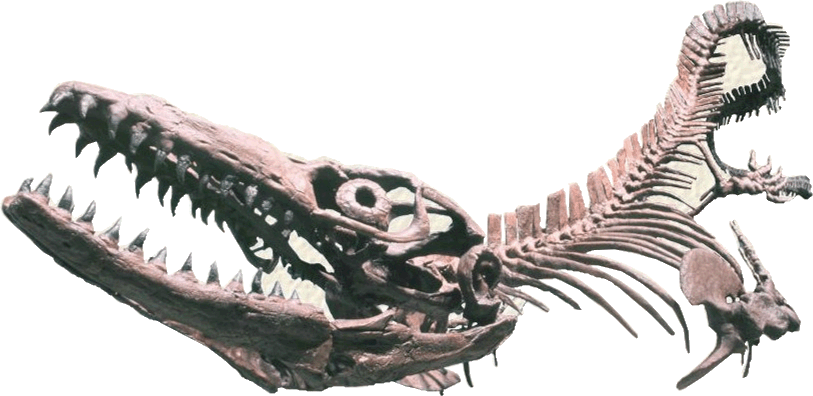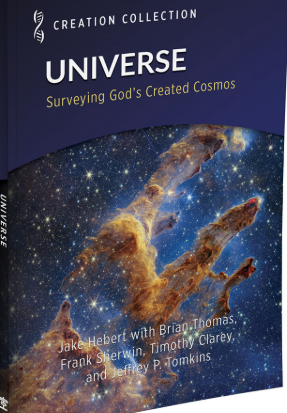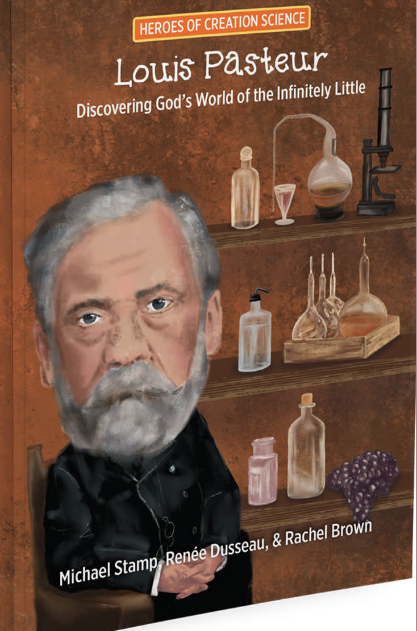Articles » Intermediate
John Whitcomb and Henry Morris’ 1961 classic The Genesis Flood was, of course, a wonderful work. Countless people, among them many scientists, have been positively influenced by its message. In the ensuing half century however, a lot of new information and many new arguments against “the flood” have appeared. The time has long since come for an update of the 1961 work. Read the rest of this entry »
Pelicans are large water birds with a giant throat pouch designed for storing fish catches. This feature makes pelicans unique compared to all other birds (Burton, M and R. 1977. Inside the World Animal World. Quadrangle). The pelican’s famous foot-long bill, the longest of any living bird, can hold a hundred or more fish (Scott, J. 1975. That Wonderful Pelican. Putnam). The volume of its full bill is up to 11.4 liters, (3 gallons), a size larger than that of most entire birds (Fitzgerald, D. B. 2010. A Critical Evaluation of Origin of Species. TEACH Services, Inc. p. 35). It has a specially designed bone and muscle system it uses to operate its beak and pouch. The pouch normally folds conveniently under its bill, but expands when fishing. These versatile fishermen can scoop up fish with their bills and can store them in their pouch, which can stretch many times their original size. Read the rest of this entry »
Michael Faraday (1791-1867) was an English scientist (in the terminology of the time he was called a natural philosopher) who made critical contributions to the electromagnetism and electrochemistry fields. Judged as one of the leading experimentalists in science ever, he was one of the most influential scientists in history. Called the father of the electronics revolution, he also did critical work in chemistry (Ludwig, C. 1978. Michael Faraday: Father of Electronics. Herald Press). Read the rest of this entry »
A lot of books include the term design in their titles. Some however are too technical and others are perhaps too basic for the interested adult reader. A recently published book by Jonathan Sarfati entitled By Design: Evidence for Nature’s Intelligent Designer – the God of the Bible (Creation Book Publishers. 2008) promises to provide a more user friendly introduction to the topic. Read the rest of this entry »
The Creation Science Association of Alberta is delighted to announce that biologist and long time creation apologist Dr. Jerry Bergman has agreed to speak at our Creation Weekend October 14 and 15, 2011. Dr. Bergman is a well known author and speaker on creation issues. His articles in Dialogue are extremely popular and among his published books, our association sells Slaughter of the Dissidents and Persuaded by the Evidence. What makes Dr. Bergman particularly interesting is the story of his rejection of atheism based on deficiencies in evolution theory. Read the rest of this entry »
The visit of palaeontologist Dr. Marcus Ross to Edmonton on October 15 and 16, provided a wonderful opportunity for students, as well as for everybody else, to learn from the insights and experiences of a recent graduate in the field of dinosaurs and marine reptiles. Trained entirely in secular institutions, Dr. Ross nevertheless was able to resist the attractions of the evolution model. In order to encourage others, he shared his experiences studying science in secular universities. It was not all smooth sailing. He encountered some major opposition that could have completely derailed his studies. Nevertheless he refused to quit, and in the end, he graduated with a Ph.D. in the appropriate field from a well recognized institution. Read the rest of this entry »
For close to 40 years now, the Creation Science Association of Alberta has brought interesting and qualified speakers to the province. In keeping with this excellent tradition, biologist Dr. Jerry Bergman is scheduled to speak in Edmonton on October 14 and 15, 2011. Read the rest of this entry »
Anybody studying biology today is aware that proteins form the molecular machines that keep the cells of our bodies healthy. But how many students are told that these proteins are actually beautiful? Read the rest of this entry »
Of all the scientific disciplines which resist solution, earthquake prediction certainly ranks close to the top of the list. One need only review the history of recent major events to discover how difficult this issue is. Read the rest of this entry »
There are a lot of books on Darwin in existence, and these tend to idolize him. This book is quite different. It is undoubtedly a major contribution to the history of science. Even if you already know a lot about Darwin, you will learn something new. Read the rest of this entry »
Dinosaur books are everywhere. There is no doubt about that. And you might well suppose that there is nothing new under the sun when it comes to discussions about dinosaurs. However Albertan Vance Nelson of Creation Truth Ministries has achieved the seemingly impossible. His argument about dinosaurs is new and fascinating. And the book is magnificent with beautiful illustrations from sites around the world. Also there are wonderful dinosaur reconstructions based on the latest scientific information. Read the rest of this entry »
Perhaps one of the most famous books in the western world is Darwin’s Origin of Species, published in 1859. Most people with an interest in science, will remember that 2009, the one hundred fiftieth anniversary of the publication of this book, was marked by celebrations which were frequent and fervent. It seems fair to ask therefore precisely why this book merits such attention. Read the rest of this entry »
Diatoms are a major group of plants which float in open water, and they are one of the most successful types of microscopic algae known. The estimated over 100,000 known species are found in the oceans, in freshwater, in soils and even on damp surfaces. Most diatoms are unicellular, although some can form colonies in the shape of long filaments or ribbons. As eukaryotes or cells with a nucleus, they have highly complex cells, comparable to other eukaryotes such as mammals and even humans (Philippe, et al., 1994, Journal of Evolutionary Biology 7: 247). Read the rest of this entry »
CSAA’s featured speaker for Creation Weekend 2011 was well known creation apologist Dr. Jerry Bergman. Large numbers of people came to hear one or more of his lectures and all declared themselves delighted with his genial, non-confrontational manner and his interesting material. In that Dr. Bergman’s area of expertise is biology, chemistry and medical anatomy, the issues he discussed were quite different from the geological topics which we have considered in recent years. This material demonstrated anew that the issue of creation is broad and encompasses all aspects of nature. Read the rest of this entry »
If bats were prettier to look at, we might appreciate their amazing talents more. The fact is that bats exhibit some astonishing design features which our engineers and technologists really envy. Traditionally scientists have grouped bats according to their food preferences. There are the fruit bats with good eyesight, the insect consuming, echolocating bats and the vampire or blood consuming bats. Further research has revealed how amazingly these animals are designed for their life styles. Such studies have also revealed that the old fashioned ways of categorizing the creatures according to lifestyle and physical appearance do not really work. This has had some serious implications for ideas concerning whether Darwinian evolution could ever work or not. Read the rest of this entry »








